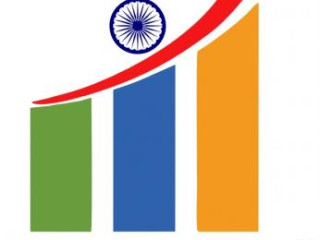Oct 9th, 2024 at 09:57
Oct 9th, 2024 at 09:57
AZURE SECURITY LAYERS EXPLAINED: SAFEGUARDING YOUR ENTERPRISE FROM CYBER THREATS Cloud computing trends are showing a year-on-year growth in adoption. Cisco states that cloud data centres will process 94% of workloads in 2021. Talking particularly about Microsoft Azure, Azure has seen the highest growth, with rate almost doubling what Amazon AWS achieved. With this phenomenal rate of adoption, enterprises cannot afford to have their cloud environments or custom applications running on Azure compromised. Most enterprises store sensitive data, such as credit card numbers and social security numbers in custom applications on the cloud. Some major enterprises even run entire operations with support from business-critical applications which, if compromised, would affect the organization’s ability to function normally. That said, the recent reports of the compromise on US government officials’ accounts and the impact that attack could have globally, proves the growing sophistication in attacks. The incident has brought to the limelight the importance of closely identifying vulnerabilities and building a secure system with increased sophistication and operational security capabilities. This article aims to help you understand what the different data and operational security challenges you may run into on your Azure environment are and how to overcome them by following the Microsoft Azure Security best practices. Microsoft has made several recommendations around securing users’ identity with Azure Active Directory. Azure relies on Azure Active Directory for authentication and these practices are critical to the security of enterprises’ Azure Cloud.To manage identities in a unified manner in a hybrid identity scenario, integrate on-premises and cloud directories with Azure Active Directory Connect. Azure Active Directory also provides Single Sign-On (SSO) when integrated with on-premises Active Directory. The first security layer would include a firewall, such as Azure Firewall or a third-party virtual network appliance solution. This layer encompasses security measures like Firewall policies, Distributed Denial of Service (DDoS) prevention, intrusion detection and intrusion prevention systems (IDS/IPS), Web Content Filtering and Vulnerability Management, such as Network Anti-Malware, Application Controls and Antivirus. The second layer is a Network Security Group (or NSG) to filter network traffic to and from Azure resources in an Azure virtual network. Use the NSG to stop unwanted traffic from entering or leaving an Azure subnet. NSGs for network access help to establish a security zone in an otherwise free-to-communicate structure. Cloud Data 590 Cloud Computing 33.1K
To more visit Nuvento 1-888-811-5199
Exact specifications may vary from the details on this page. Please contact the seller to reconfirm and details before purchasing. See terms & conditions for further information.


